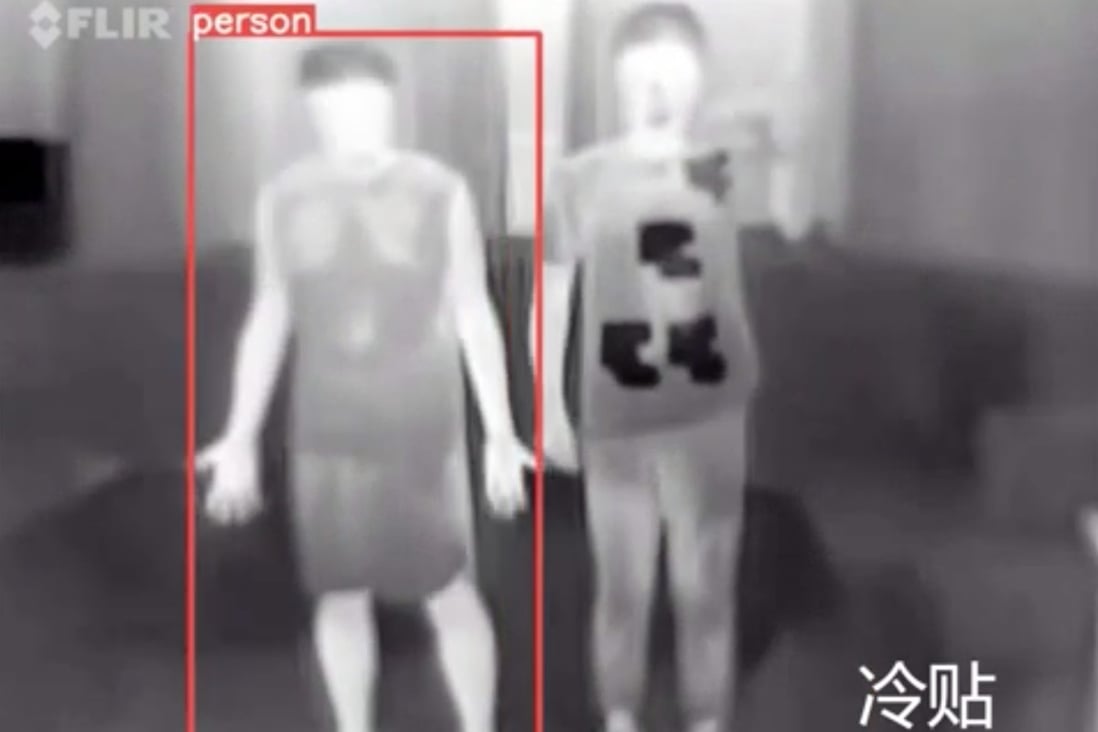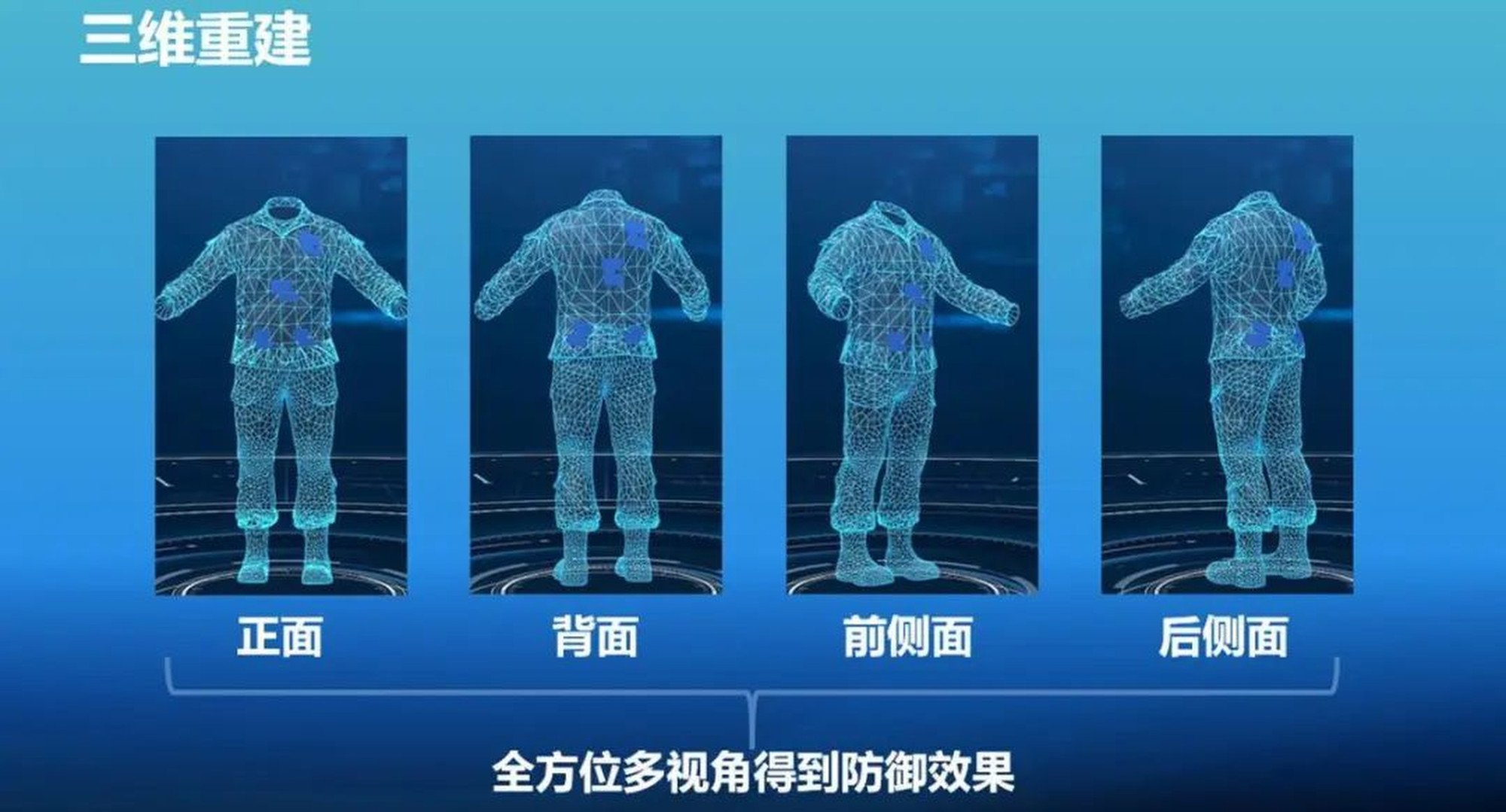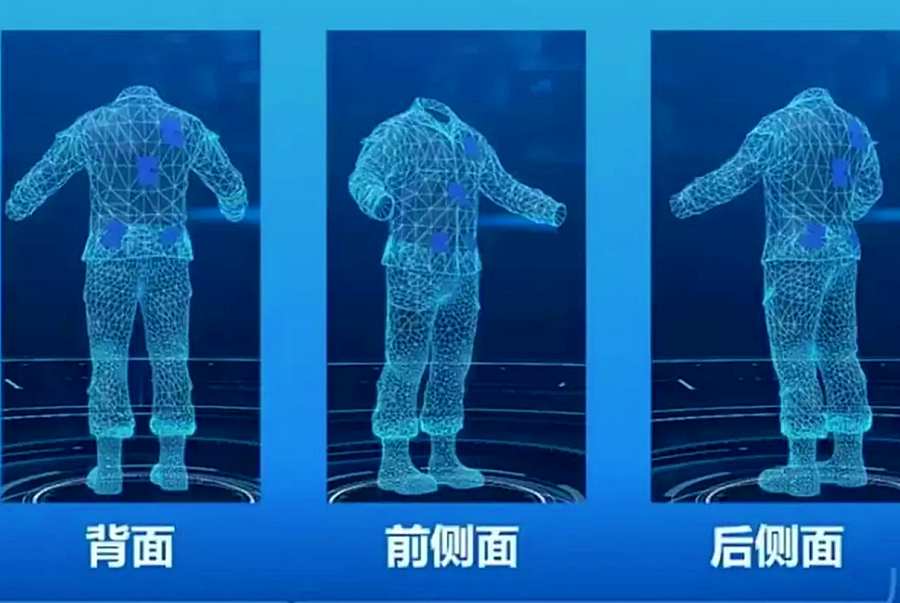Thu 15 December 2022:
Have you ever pondered whether an actual version of Harry Potter’s “invisibility cloak” may enable you to hide yourself not just from the outside world but also from security cameras? It might sound ridiculous, but some graduate students in China have created a low-cost, simple cloak that can hide the human body from AI-monitored security cameras both during the day and at night.
The graduate students created the InvisDefense coat, which is apparent to human eyes but has odd patterns all over it that blind the cameras during the day and releases heat signals at night, according to a South China Morning Post report.
Their work won first prize in a creative work contest on November 27 sponsored by Huawei Technologies Co as part of the China Postgraduate Innovation and Practice Competitions.
The project was overseen by Professor Wang Zheng, of the school of computer science at Wuhan University, and the developers’ paper on the invention has been accepted by AAAI 2023, a top academic conference on artificial intelligence.

The InvisDefense team used an algorithm to configure the pattern that was the least conspicuous to the human eye but could still trick a security camera into not identifying its wearer. Photo: Wei Hui
Science behind the innovation
Professor Wang Zheng of Wuhan University’s school of computer science oversaw the path-breaking project.
“Nowadays, many surveillance devices can detect human bodies. Cameras on the road have pedestrian detection functions and smart cars can identify pedestrians, roads and obstacles. Our InvisDefense allows the camera to capture you, but it cannot tell if you are human,” said Wang.
In the day, contour recognition and motion recognition is used by the cameras to detect human bodies. The InvisDefense’s surface is covered with a specially designed camouflage pattern which interferes with the machine vision’s recognition algorithm and blinds the camera effectively so that it fails to identify the human.

The team’s work won the first prize in the creative work competition in the China Postgraduate Innovation and Practice Competition sponsored by Huawei on November 27. Photo: Weibo
At night, infrared thermal imaging is used by the cameras to track human bodies. The InvisDefense coat’s inner surface has irregularly shaped temperature-controlling modules that create an unusual pattern of temperatures and successfully confused the camera.
“The most difficult part is the balance of the camouflage pattern. Traditionally, researchers used bright images to interfere with machine vision and it did work. But it stands out to human eyes, making the user even more conspicuous,” explained Wei Hui, a team member and a PhD student who has worked on the core algorithm.
“We used algorithms to design the least conspicuous patterns that can disable computer vision,” he added. In three months, hundreds of tests were carried out by the team before they finalised the best pattern.
SOURCE: INDEPENDENT PRESS AND NEWS AGENCIES
___________________________________________________________________________________________________________________________________
FOLLOW INDEPENDENT PRESS:
TWITTER (CLICK HERE)
https://twitter.com/IpIndependent
FACEBOOK (CLICK HERE)
https://web.facebook.com/ipindependent
Think your friends would be interested? Share this story!





